Digital workplace transformation is on the rise. And it will undoubtedly change how each department operates and collaborates within an organisation. Continuous advancement in technology and the global pandemic are forcing businesses to accelerate their digital transformation process.
According to a Gartner study, 68% of respondents agreed that more C-level execs had expressed involvement in the digital workplace since COVID-19. Moreover, customer service and support teams will witness drastic changes in 2021 to respond to the pandemic’s ongoing effects.
Some of the most distinctive digital workplace trends include:
- Increased automation in daily workflows: Automation and machine learning are considered top priorities in business strategy planning. Moreover, 60% of organisations agree that artificial intelligence (AI) is necessary for their business.
- A hybrid workplace is the new normal: Workers are no longer tied to a desk. And they don’t necessarily have to be in the office five days a week, either!
- An intranet is a must: To maintain seamless, united access to company information and generate effective communications, an intranet with secure and real-time collaboration is mandatory for all businesses.
- Digital dexterity is critical: Digital dexterity is a must for all workers for a digital workplace to function. Both companies and employees should empower themselves to get familiar with new technology or tools to solve new problems.
- The need for a user device management tool: Mobile devices and tablets are ubiquitously used in the current digital workplace. Whether it’s an employee’s phone or company-owned devices, an efficient mobile device management solution is required to simplify daily workflows.
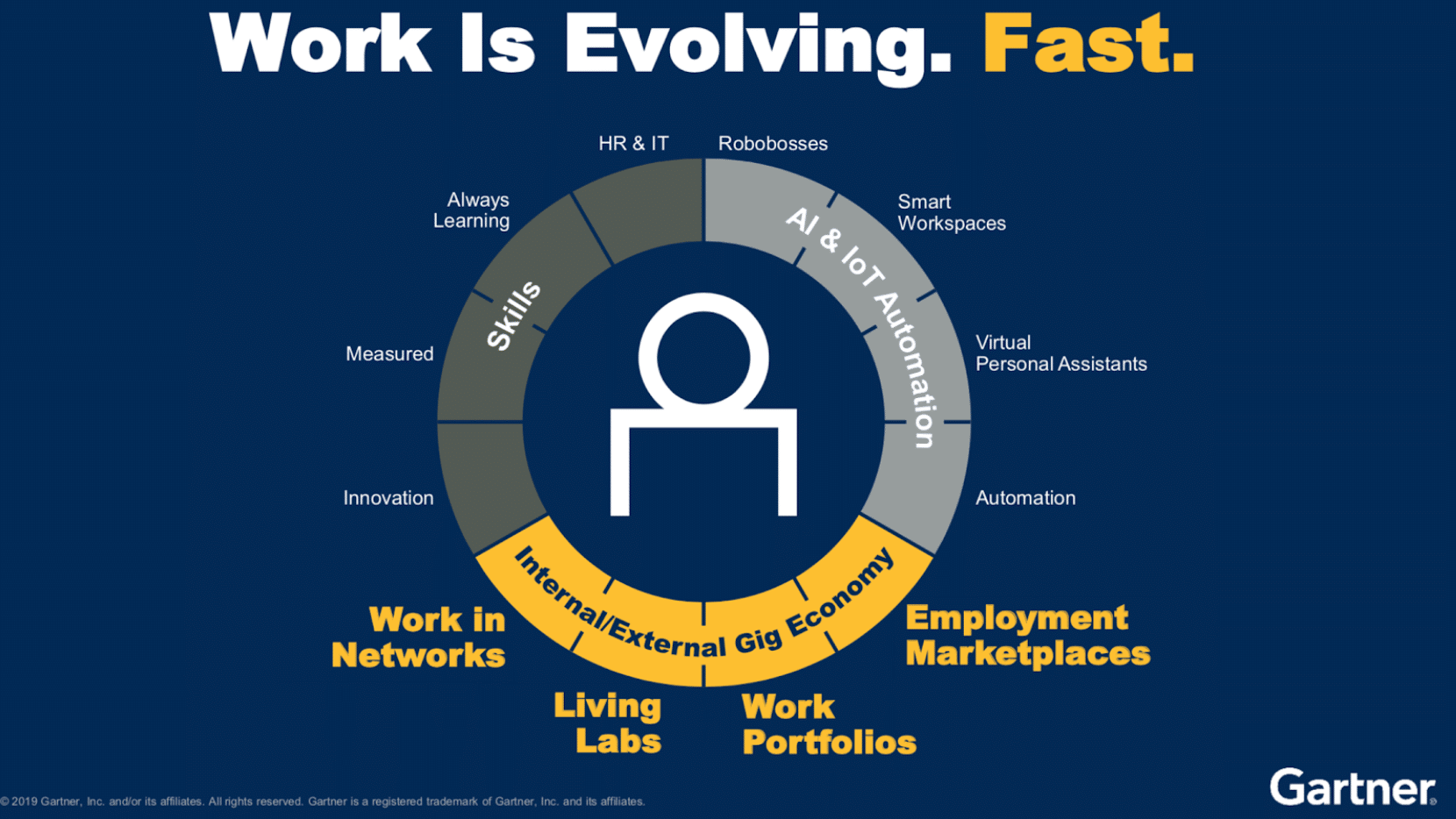
Source: Gartner
Digital workplace transformation is no easy feat and requires all departments to partake in the process. The most significant driving factor behind this transition is the customers.
Why? First, customers are becoming more tech-savvy. Second, despite all the economic downsides and lockdown policies caused by the pandemic, businesses still need to figure out how to deliver their product or services to customers. 76% of customer service and support functions now have more than 80% of their staff working from home.
This remote working trend is very much expected to last for at least two more years. Having a solid customer support strategy during times of uncertainty is one way to ensure stable revenue growth and work productivity.
As organisations are now faced with countless technology solutions to help them achieve different business goals, finding the right tools and approaches to assist your business customers should be the priority for all leaders working in customer service. Along with a meticulously-planned customer support strategy, providing top-notch service via a remote and digital workforce won’t have to be a hassle anymore.
Below are a few tips to help you plan your customer support strategy within a digital workplace.
1. Enhance agent training
Professionally trained support agents can lead to more happy customers and satisfied employees. One way to achieve this goal is through a comprehensive and practical employee training or onboarding programme.
Since your staff won’t be working in traditional offices every day now, remote agent training may be troublesome. Or maybe not? Organisations can still run an orientation programme via video conferencing tools for work demonstrations and training.
It is claimed that 92% of customers wanted to be treated with dignity when contacting a support agent. This number indicates how imperative it is to have an experienced and skilled support agent on the customer service team when working remotely.
On the other hand, businesses can use many remote work tools and software solutions to conduct an onboarding programme outside the office. The HR department can also make mobile-first video courses or online documents so employees can review them again after the training.
It is also essential to nurture your agents on their expectations of providing remote support in the digital workplace, and build a culture of remote work in and out of the office. The ultimate goal is to make sure that every agent can resolve customer issues efficiently and professionally.
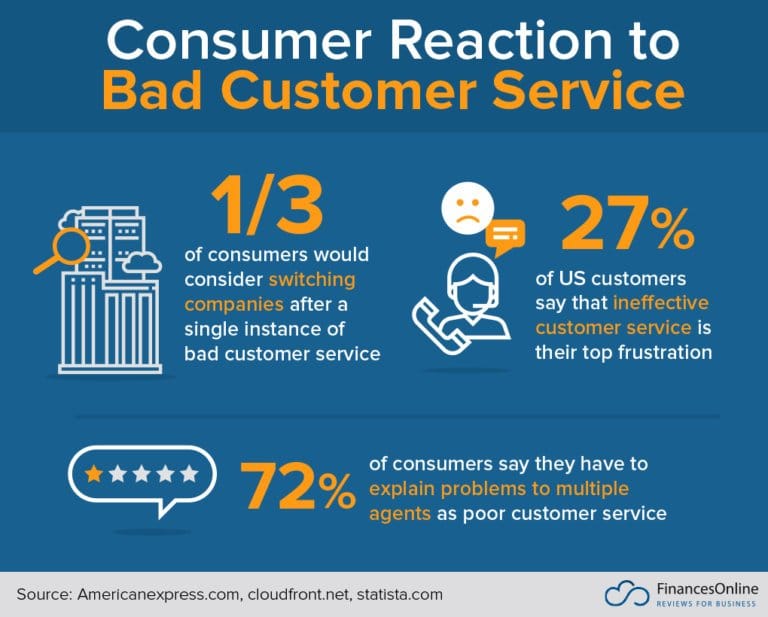
Source: FinancesOnline
2. Select the right tools
Having the right tools to help your service team optimise daily operations is always more important than having many tools at once. Efficient collaboration between employees and cross-departmental teams will become more crucial as people are not restricted to traditional offices.
Hence, organisations should ensure their call centre software meets both their agents’ and customers’ needs. Some features to consider for a help desk or call centre software solution include flexible integration with other business software or apps, supervisor tools for coaching and silent monitoring, and optimised schedule management for agents to shorten customer waiting time.
3. Set up a virtual contact centre
One of the observed digital workplace trends in 2021 is the adoption of cloud-hosted services, the adoption of which also skyrocketed within contact centres. In April 2020, 87% of contact centres were making use of home workers, compared to 26% in late 2019.
Physical offices are no longer the only workplace option. In fact, more service leaders are opening to the idea of setting up a virtual contact centre to maintain their business continuity.
One significant advantage of having a virtual contact centre is that you can now offer 24/7 customer support to your international customers. You can delegate agents for different time zones.
With cloud-based contact centre software, staff can access company data from anywhere in the world and provide dedicated and efficient services anytime. Other benefits of introducing a virtual contact centre include access to a broader talent pool, assigning customers to agents with specialised knowledge that best meet their needs, more flexible shift scheduling, and more.
4. Emphasise self-service tools
In a digital workplace, self-service tools like chatbots or virtual customer assistants are technologies that organisations can take great advantage of. Chatbots provide a speedy and cost-effective way to resolve your customers’ request by giving personalised answers to specific enquiries.
For many ecommerce websites, integrating chatbots can also help humanise your brand and build brand loyalty. With the help of artificial intelligence, chatbots are designed to hold engaging conversations with customers anytime and anywhere.
Apart from improving your customer response time with a chatbot, self-service tools like virtual customer assistants can also deliver information that guides visitors to the right webpage upon their first visit.
5. Establish unified communications
Unified communications (UC) within service teams will be playing a more influential role than before, in this fast-paced digital workplace. By integrating different communication channels, networks, and applications, contact centres will improve service efficiency and streamline interactions coherently.
UC also helps enhance internal communications between service agents while alleviating pressure on those customer service agents. Unified communications also helps support agents focus on prioritised tasks, deliver a more personalised customer experience, and increase employee satisfaction.
Besides, unified communications enables contact centres to build a fully integrated communication model and give agents great flexibility to interact with customers via different platforms. Organisations need to cultivate effective channels to reach and solve customers’ enquiries as fast as possible in the era of digital communication.
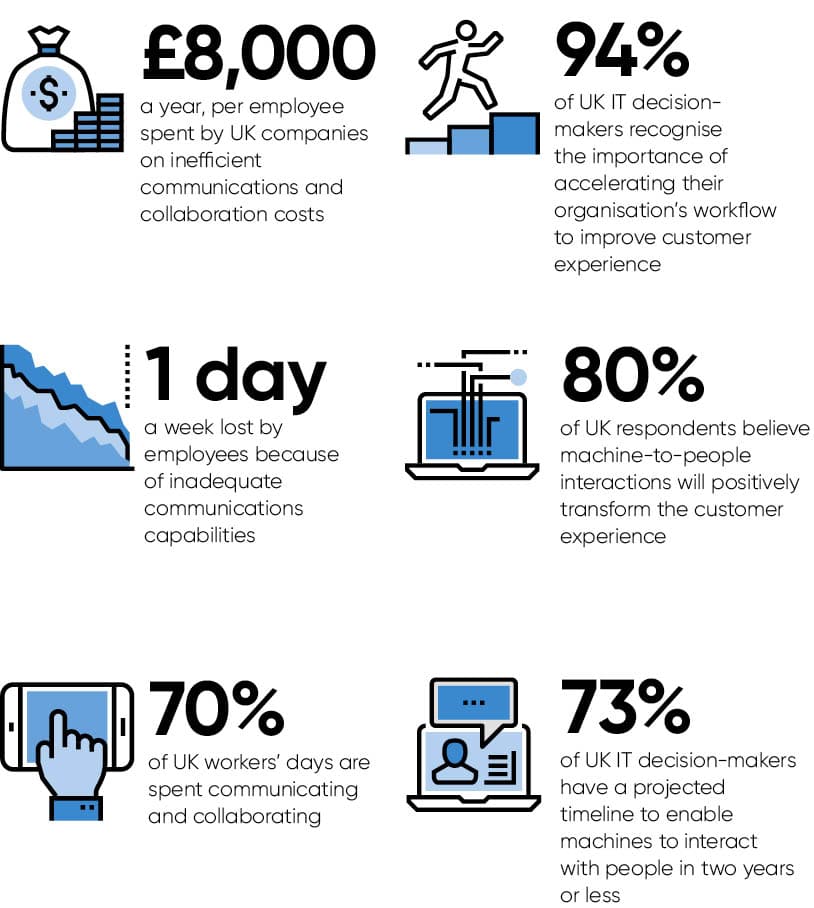
Source: Raconteur
6. Personalise customer experience
According to research, 80% of customers are more likely to purchase a product or service from a brand that provides personalised experiences. With the digital workplace’s influence, support agents will be scattered across different locations and time zones. One way to retain outstanding customer service quality is to assure all your support agents have access to the latest customer information so they can provide timely and customised assistance.
Make sure your agents can find previous interactions sent from all the channels quickly, including email, chatbot, social media, or phone. You can also ask your support team to make notes for special requests so the next service agent can quickly pick up from the last conversation and offer immediate assistance.
By personalising the customer experience, organisations can increase overall customer satisfaction while intensifying customer loyalty towards your brand. According to TrustPilot, your online conversion rate can improve by roughly 8% when you include personalised consumer experiences.
7. Offer omnichannel customer support
From traditional phone calls and emails to social media and virtual customer assistants, customers now have more choices to decide how they want to engage with your brand. However, if these channels work separately, fractured customer information can hit your business hard.
This is where omnichannel customer support comes in. By sharing data across various communication channels in real-time, you can design your strategy based on customer behaviour data, optimise your team’s KPIs, and use this information to make data-driven decisions with a more customer-centric mindset.
Offering omnichannel customer support is also a brilliant way to make sure customers are provided with a user-friendly experience with all the possible touchpoints anywhere, anytime, and in any format.
Mobile devices have been widely used in customers’ purchase journey. Therefore, businesses can also design a different approach to mobile users when offering online remote support. Omnichannel customer support may also help you outreach to more potential customers for future purchases.
8. Set up a proactive customer support model
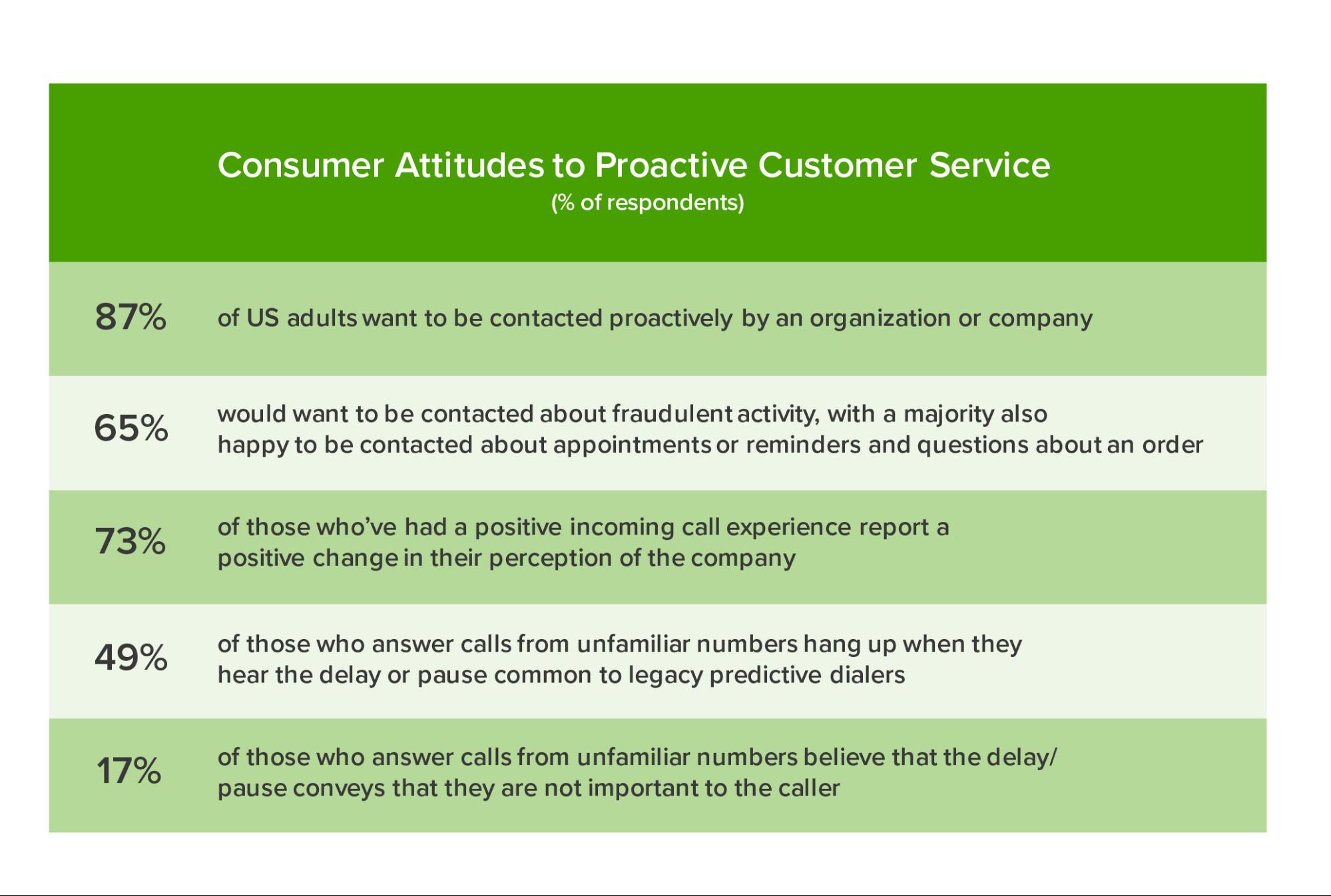
Source: InContact
Customer service and support have gone through drastic transformation as we enter a more digitised marketplace. More companies were focusing on customer experiences in 2020. And customers still expect to receive a solution to their problem as quickly as possible.
So, the pivotal factor here is to switch from a reactive support model to a proactive support model. Proactive customer support focusses on anticipating customer needs and provides resources or answers available at hand without the need to contact a service agent. These resources could be in various formats such as knowledge base articles, blog posts, user manuals, tutorial videos, forums, product guides, and tips.
According to research conducted by inContact, consumers hold a positive attitude towards proactive customer service. 87% of adults surveyed are glad that companies contacted them proactively regarding their customer service issues. Furthermore, implementing a proactive customer support strategy helps:
- Increase customer loyalty: Customers can generate trust and fondness towards your brand when they feel like their needs are being anticipated and taken care of.
- Decrease support calls: By foreseeing customers’ enquiries, businesses can provide immediate solutions via different channels and content, reducing the number of issued tickets significantly.
- Reinforce communication: Through proactive communication, you can participate in customers’ public discussions on social media and get involved to increase more brand awareness.
Examples like Amazon, Netflix, and HootSuite have done a great job anticipating their customers’ needs and successfully implementing proactive customer support strategies. Businesses can combine both reactive and proactive support models to demonstrate their care towards customers further, and establish a trustworthy brand image that customers can rely on.
9. Create a consistent feedback loop
Customers have regularly been exposed to new brands thanks to advancements in technology, but customer loyalty is harder to keep. For example, 72% of customers express that they’re more likely to switch to a competitor’s brand after just one bad experience.
That’s why you’ll need to create a consistent feedback cycle from both your customers and customer service representatives to finetune your service and keep your customers content at all times.
Externally, you can collect opinions and ideas through surveys or polls via email, social media, and more. You can also invite customers to do a one-on-one interview or focus group to get more in-depth insight concerning your customer service performance.
Internally, ask your team members about their experience or observations when serving customers. This can help you identify areas that need revisions to deliver more superior service and acquire lifelong customers.
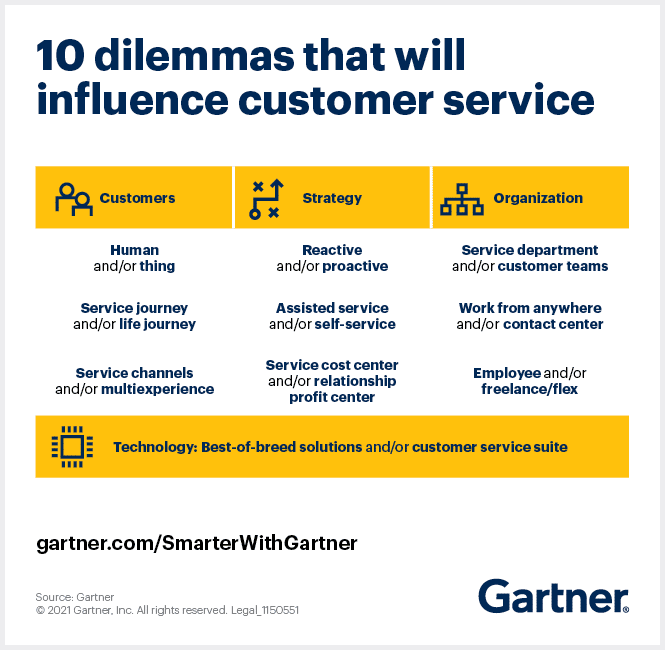
Source: Gartner
Customer service and support entities will be influenced by technology incessantly. The digital workplace will continue to evolve. From the above-mentioned workplace trends and tips on planning a customer support strategy, we can say that digital customer service is on the rise, fast!
According to McKinsey, consumers tend to recommend companies that offer greater availability of digital services. What’s more, customers are always continually looking to interact with your business in diverse ways, both online and offline. In the modern digital world, the importance of customer service cannot be overlooked. However, to transition smoothly towards the mindset of digital customer support, one needs to plan meticulously for smoother integration.
Leaders should always stay agile and optimise their customer support strategy based on the latest statistics about the service sector to identify opportunities for greater customer satisfaction and, ultimately, higher revenue growth.
Originally published Apr 28, 2021, updated Jan 16, 2023
